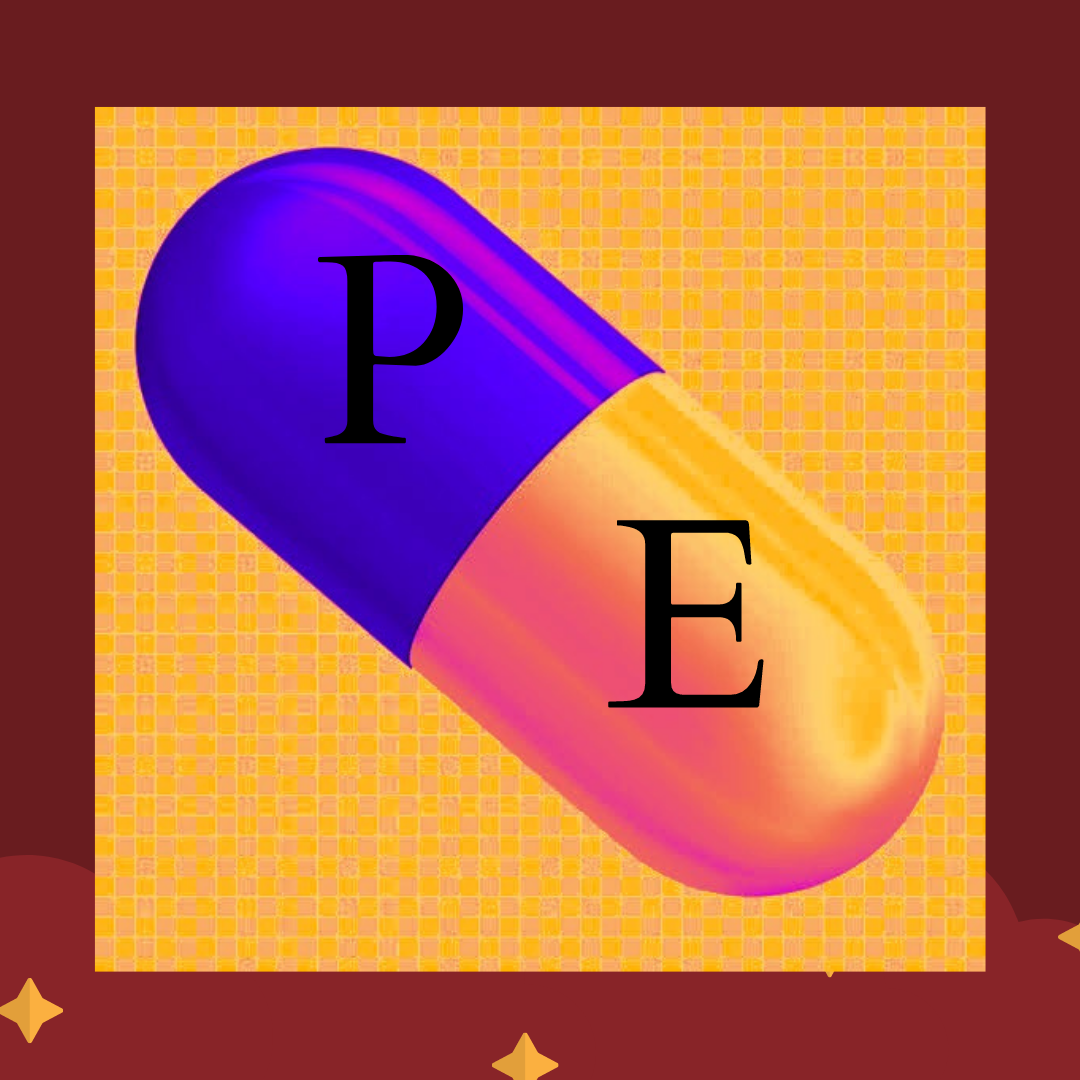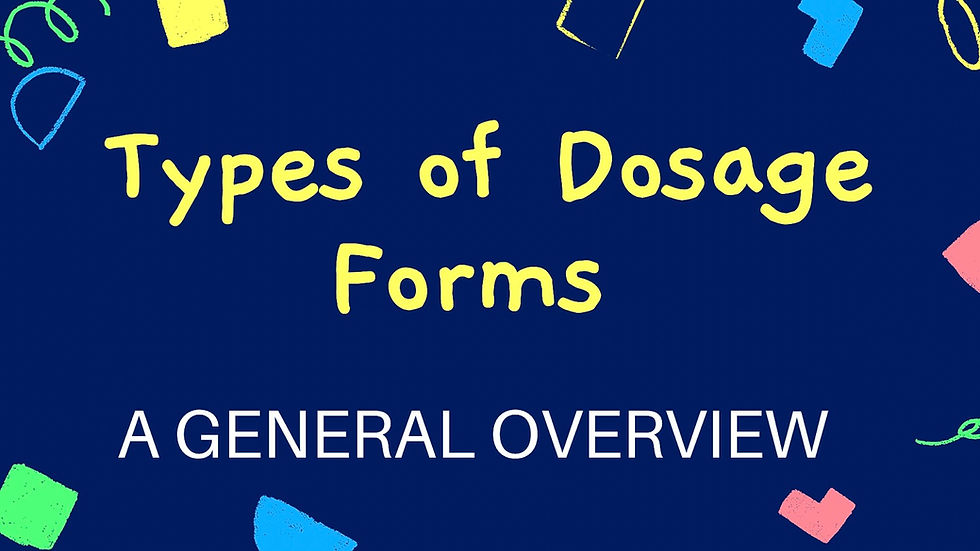HEPA filters in Pharmaceutical Industries by Parvez Officer QA
- Pharma Explorer

- Jul 1, 2021
- 5 min read
HEPA Filter is an abbreviation of High-efficiency particulate air filter.HEPA filters are defined as the filter which removes 99.95% or 99.97% particulate of size less than equal to or greater than 0.3 microns.
Other Names
The HEPA filter is also called High-efficiency particulate absorbing filter or High-efficiency particulate arrestance filter.
History
History of HEPA filters is very old. It is in use since 1940 and was available for commercial use in 1950.
Material of Construction
The HEPA filter is made of a mat consisting of randomly arranged fibres of glass or semi-synthetic material.
Pharmaceutical Usage
HEPA filters are widely used in pharmaceutical industries to filter the air.
In pharmaceutical industries, HEPA filters are used in HVAC to supply clean air in clean rooms.HEPA filters may be installed in AHU but are more effective when used in terminal diffusers, supplying air directly into clean rooms. Air from the outside environment contain contaminants like pollens, fibres, dust, bacteria, viruses, and many other pollutants. So these should be filtered and removed from the air before supplying to the clean rooms.
Coarse filters
If the outside air is directly filtered through HEPA it will block the HEPA filter in a short period, so we will have to replace it after a short period. Protection to HEPA is provided by using other coarse filters of low efficiency.
For the protection of HEPA filter following filters are used which are installed in AHU and remove the majority of large size particulates.
Mesh filters
Bag Filters
Mesh filters are also called primary filters and bag filters are called secondary filters. Mesh filters protect bag filters and in return bag filters protect HEPA filters so the lifespan of HEPA is increased.
Mechanism of HEPA Filter
The HEPA filter does not work like other common filters. Because the gap between fibres may be larger than 0.3 microns so it is a common question that than how it filters particles of size 0.3 microns or smaller. The answer is that the arrangement of fibres in HEPA filters is unique and three different mechanisms are used to remove the contaminants and these are as follow,
Straining/Impaction/Sieving
Interception
Diffusion
Straining/Impaction/Sieving
This mechanism removes large particles of size 1 micron. As we know HEPA pore size is 0.3 micron so the large particles are stuck inside the glass fibres and it is called impaction or straining or sieving.
Interception
Particles of size 0.3 microns to 1 micron are removed from the air by interception mechanism. In interception, particles move along with airflow pattern but particulate speed is slow because of heavy size so they adhere to fibers and are removed from the air.
Diffusion
The particles less than 0.3 microns are removed by Diffusion method. Particles less than 0.3 microns are so little that they move in a zig-zag fashion in air streams so these are trapped in fibres due to arrangement of fibres.
So in summary HEPA filter removes particulates by a combination of any of three mechanisms, Impaction removes large particles, interception is for the filtration of medium particles and diffusion removes smaller particulates.
Classification of HEPA Filters
HEPA filters are classified according to two standard one is European Standards classification and other is US Standards.
European Standards
According to European standards, the HEPA filter should be ≥99.95 % efficient.
US Standard.
According to US standards, the HEPA filter should be ≥99.97 % efficient.
European Classification
According to European standards, HEPA filters are divided into 3 classes
EPA Filter(Efficient Particulate Air filter)
HEPA Filter(High-efficiency particulate Air Filter)
ULPA Filter(Ultra Low particulate Air Filter)
EPA
Filters with efficiency 85-99.95% are called EPA filters.
Subclasses
Class Retention
E10 >85%
E11 >95%
E12 >99.5%
EPA filters usually filter following,
Embryo
Smoke of tobacco
The smoke of metal oxide
Black carbon
EPA is used as a pre-filter for H13 and H14 filters.
HEPA Filters
Class Retention
H13 > 99.95%
H14 > 99.995%
HEPA filters filter,
Microparticles aerosol
Radioactive aerosol
H13 is usually used as a terminal filter for ISO class 5.
H14 is usually used as a terminal filter for ISO class 4.
ULPA Filter
For Microparticles aerosol.
ULPA filters are used usually for,
ISO class 1
ISO class 2
ISO class 3
Class Retention U15 >99.9995% U16 > 99.99995% U17 > 99.999995% Note HEPA do not remove smell or order. for removing smell or odour Filters with activated carbon are used. Test for HEPA filter HEPA filters are installed in any area to purify the air to maintain the cleanroom classification, so HEPA filters should be routinely monitored for any type of leakage or filter damage. Because if any leakage is present in grass kit of HEPA filter or if HEPA filter is damaged then air quality will be poor and it will contaminate the cleanroom. DOP Test (Dispersed oil particulate) To check, the integrity of HEPA filter DOP test is used in which aerosol of poly alpha-olefin is used. In previous practices, DOP (Dioctyl phthalate) was used but it was found to be carcinogenic so its use is prohibited but the name DOP is still in use and it represents Dispersed oil particulate test. In DOP test aerosol of PAO is generated and it is scanned by prob of photometer first on upstream position and later on downstream position. The scanning is done by keeping a probe about 25mm away from the HEPA filter face. Scanning results should not exceed 0.01%. If the downstream position value is above 0.01% then filter needs inspection, means there may be any leakage in filter or gas kit so after rectification again scan with scanning prob and if the value is within range filter is pass and if again value exceeds, the filter should be replaced with a new filter. The leaked filter may be repaired but the repaired area should be only 0.5% of total filter surface. According to PIC/S HEPA filter of class A and B should be tested for leakage after 6 months and class C and D after 1 year. Cleaning of HEPA filter It is a general question that can we wash the HEPA filter? The answer is that washing of HEPA filter is not recommended because washing with water damages the glass fibres arranged in HEPA filters. Some people Clean the HEPA filter using Vaccume cleaner or compressed air but it is also not recommended because there are chances of damage to the glass fibres with vacuum cleaning or compressed air pressure. So the best practice is to replace the HEPA filter with a new filter. When to Change the HEPA filter No guidelines define the period after which HEPA should be replaced generally it is mentioned the word free from leakage. So HEPA life span depends upon its usage. Many HEPA filters can be functional for year's and some may be changed after months. Pressure drop is the main indication which gives an alert to replace the HEPA filter.
Thanks for Reading
For Feedback and Correction Email@georgiaparvej@gmail.com










Keep it up👍